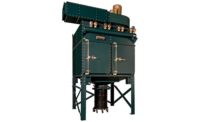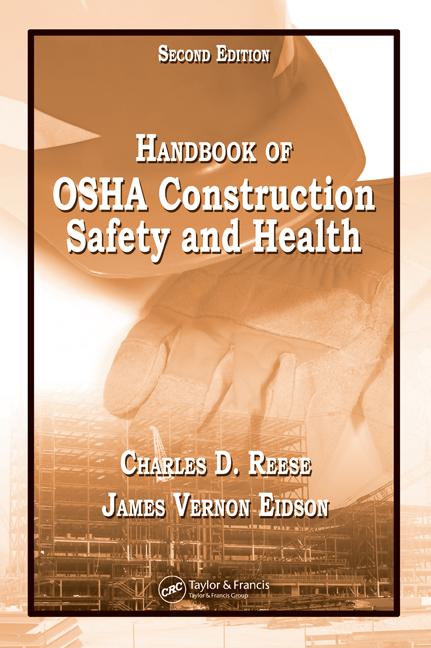OSHA announced on August 6, 2015a proposed new standard that would lower workplace exposure to beryllium, a heavy metal that can cause lung disease. The proposal would apply to an estimated 35,000 workers covered by OSHA.
Currently, OSHA’s eight-hour permissible exposure limit (PEL) for beryllium is 2.0 micrograms per cubic meter of air. Above that level, employers must take steps to reduce the airborne concentration of beryllium, including possible wearing of respirators if engineering controls or administrative controls are not feasible. That standard was established in 1948 by the Atomic Energy Commission and adopted by OSHA in 1971. OSHA’s proposed standard would reduce the eight-hour PEL to 0.2 micrograms per cubic meter. The proposed rule would also require additional protections, including the use of respirators, medical exams, other medical surveillance and training.
OSHA estimates that the rule could prevent almost 100 deaths and 50 serious illnesses each year.
Workers who inhale beryllium particles can develop a debilitating, incurable illness known as chronic beryllium disease, and are also at increased risk of lung cancer. Dangers arise when beryllium-containing materials are processed in a way that releases airborne beryllium dust, fume, mist or other forms.
The majority of current worker exposures to beryllium occur in operations such as foundry and smelting operations, machining, beryllium oxide ceramics and composites manufacturing and dental lab work.
Source; OSHA



